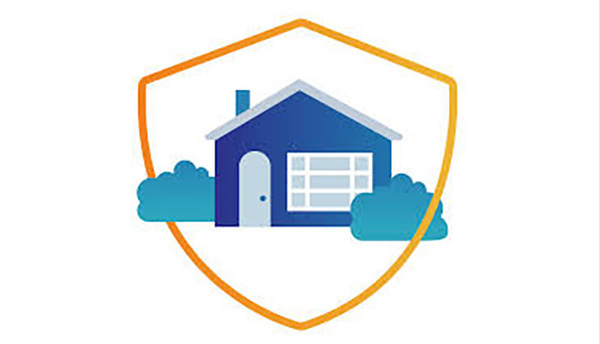
Not only is October the time for season change, but it is also time to celebrate CyberSecurity Awareness Month. Are you doing all you can to protect your personal information and manage your privacy online?
Let’s take a look at your home network. Many people—including whole families—continue to work, teach or learn from home. Depending on how many people in your household, your home network may be more heavily used than it ever has before the pandemic.
Even your home security systems, cameras and lights depend on your home network. It’s also where you may keep private financial and medical information. Cybercriminals look for ways to access the networks to intercept personal messages or steal money.
Unfortunately your home network equipment is designed to connect easily but not securely. With a little time and effort you can reduce the chances of being hacked.
Fix Your Access Point (Router) First
Your home network has an access point (router) that connects all of your devices to the Internet. To help you identify your access point (router), When you got your new access point, the password it came with was probably the same password as all the ones sold by that manufacturer.
This means it’s easy for a cybercriminal to look up the password for this manufacturer’s access point (router) model and use it to logon to your network from the internet. Your best solution is to change the password. You may need to look at the manufacturer’s website for instructions on how to do so. To help you find the website for your manufacturer, review this Routerchart wireless router list.
When you change the password, remember to follow good password practices. Make that password a passphrase and store it securely by following these simple tips.
Turn on Automatic Updates
The operating systems of home network devices like computers, televisions, cameras or tablets will need to be updated. Oftentimes, these devices are made available for sale with flaws in the operating system that the manufacturer may be unaware of at the time of production. Over time, cybercriminals can find those flaws and use them to break into your network.
Once discovered, manufacturers will provide fixes to these flaws by sending you updates. When you update your device, cybercriminals are unable to access your device using those known flaws. The best way to keep your devices updated is to turn on the Automatic Update feature. Check your home network devices and make sure this feature is turned on.
Enable Encryption
An important part of your access point (router) set-up is to enable WiFi encryption. If WiFi encryption is currently turned off, turning it on can protect you from eavesdroppers or WiFi “squatters” who use your WiFi for free which results in slower network performance for you.
When you enable encryption, you have a choice of two kinds of encryption—WPA or WEP. Choose WPA if you have a current access point (router). If your device is older, you may need to choose WEP.
Creating A Cyber Secure Home is a video that will help you learn more about securing your home network.
You can find information about additional security improvements to your home network in this knowledge article.
Watch for social media posts on OIT's Twitter feed and Facebook page that feature tips like this and other cybersecurity topics from decluttering your devices and phishing scams to public WiFi networks, online account and app management, and sharing on social media.